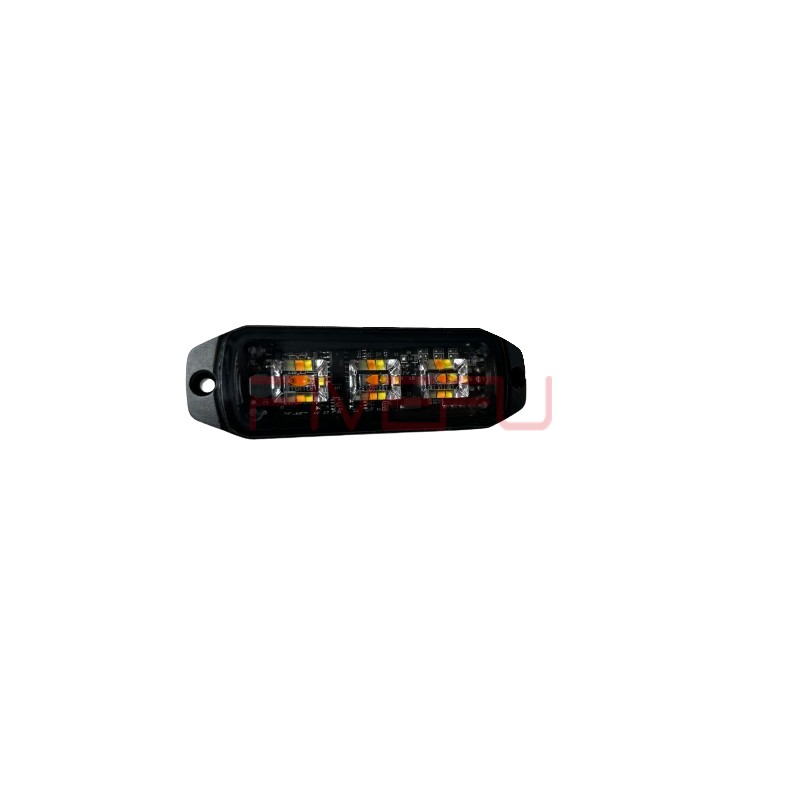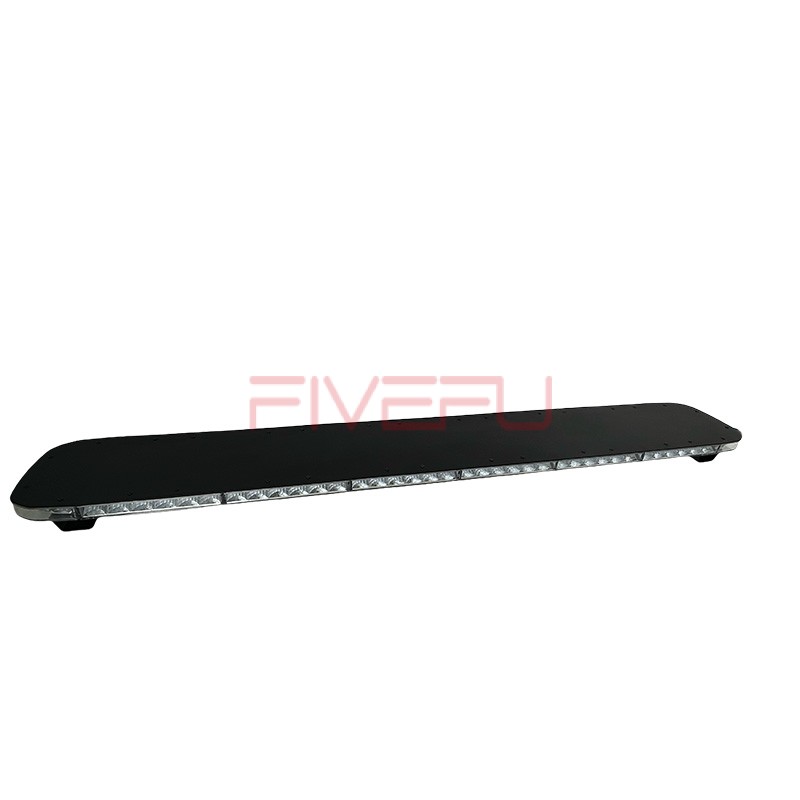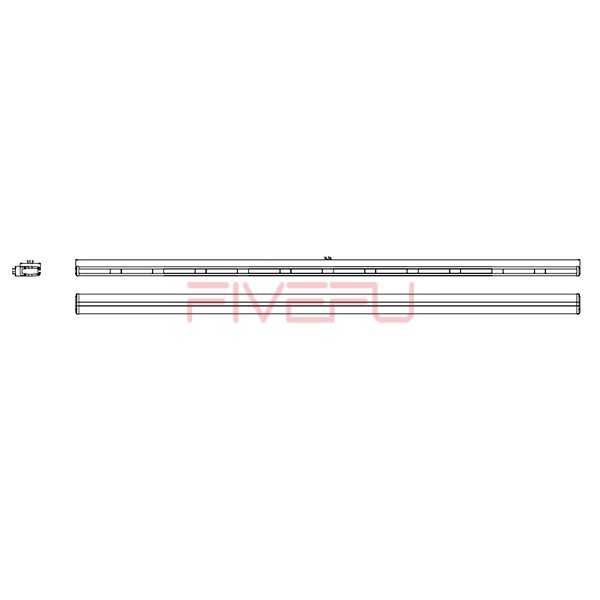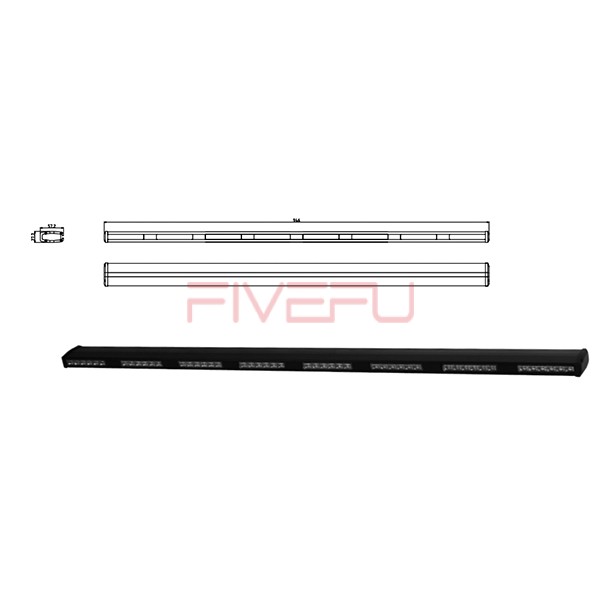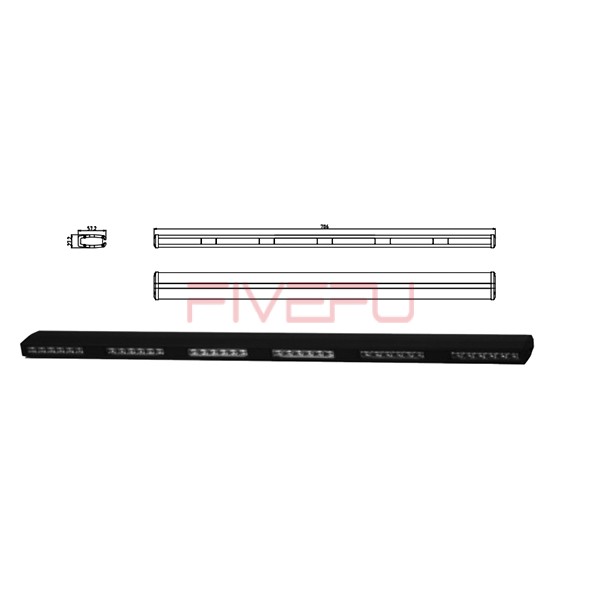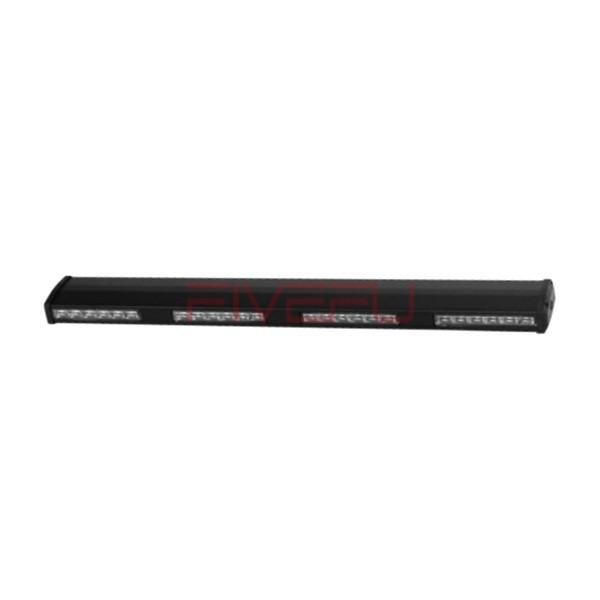Driving or living without backup lighting during emergencies is risky. Sudden darkness can cause accidents and confusion. LED emergency lights provide reliable safety solutions to prevent hazards.
LED emergency lights are designed to automatically activate during power outages, ensuring visibility, safety, and compliance with emergency regulations. They use energy-efficient LED technology, rechargeable batteries, and durable designs to provide dependable illumination in critical situations. These lights are essential for residential, commercial, and industrial applications.
Stay with us to understand how LED emergency lights work and why they are indispensable.
What Is an LED Emergency Light?
An LED emergency light is a specialized lighting fixture designed to operate during power outages. Unlike regular lamps, it contains rechargeable batteries and circuitry that automatically switch on when electricity supply is interrupted. LEDs are preferred because of their efficiency, longevity, and bright light output.
These devices are often mandatory in public buildings, hospitals, offices, and factories, where safety protocols demand uninterrupted visibility during emergencies. They are commonly installed in corridors, staircases, and exit paths to guide evacuation.
The core concept is simple: the light remains charged during normal power supply and instantly activates when the main grid fails. This reliability makes them a critical component of any safety system.
How Do LED Emergency Lights Operate?
The operation of LED emergency lights is based on an integrated charging and control system. When the main electrical line is active, the light’s battery charges automatically. A control circuit constantly monitors the power supply. The moment it detects an interruption, the stored energy in the battery is released to power the LED bulbs.
LED technology is ideal because it consumes very little electricity while producing high brightness. This means batteries last longer, ensuring extended illumination during blackouts. Advanced models also include self-test features, ensuring the light remains in optimal working condition without human intervention.
In practical use, LED emergency lights switch on almost instantly, preventing dangerous delays in dark environments. This seamless function can mean the difference between safety and chaos in high-risk situations like fire evacuations.
Key Components of an LED Emergency Light
LED Bulbs – Provide bright, energy-efficient light with a lifespan often exceeding 30,000 hours.
Rechargeable Battery – Usually lithium-ion or nickel-cadmium, capable of supplying power for several hours.
Charging Circuit – Keeps the battery charged when mains electricity is available.
Control Unit – Detects power failures and triggers the light to switch on instantly.
Housing and Mounting – Made of durable, fire-resistant materials to ensure safety and longevity.
These elements work together to deliver reliable emergency illumination.
Applications of LED Emergency Lights
LED emergency lights are widely used in:
Residential buildings: Ensuring safe movement during outages.
Commercial complexes: Lighting hallways, staircases, and exits.
Industrial facilities: Providing visibility during equipment failure or fire.
Healthcare institutions: Critical in operating rooms and emergency wards.
Public areas: Airports, malls, and transportation hubs depend on them for crowd safety.
Their versatility makes them a universal safety requirement across industries.
Advantages of LED Emergency Lights
Energy Efficiency: LEDs use less power, extending battery life.
Long Service Life: Reduced maintenance costs due to durability.
Instant Activation: Immediate illumination during outages.
Environmentally Friendly: Mercury-free, unlike some traditional bulbs.
Compact Designs: Easily installed without major modifications.
These benefits highlight why LEDs dominate the emergency lighting market.
Maintenance and Safety Checks
To ensure reliability, LED emergency lights require periodic checks. Most models now include self-testing features, which automatically simulate power failures to test functionality. Facility managers should schedule regular inspections, verifying that batteries are charging properly and light intensity meets regulatory standards.
Well-maintained lights can last years, but ignoring them risks catastrophic consequences during real emergencies.
Conclusion
LED emergency lights safeguard lives by ensuring illumination during outages, making them essential in homes, workplaces, and public facilities worldwide.
